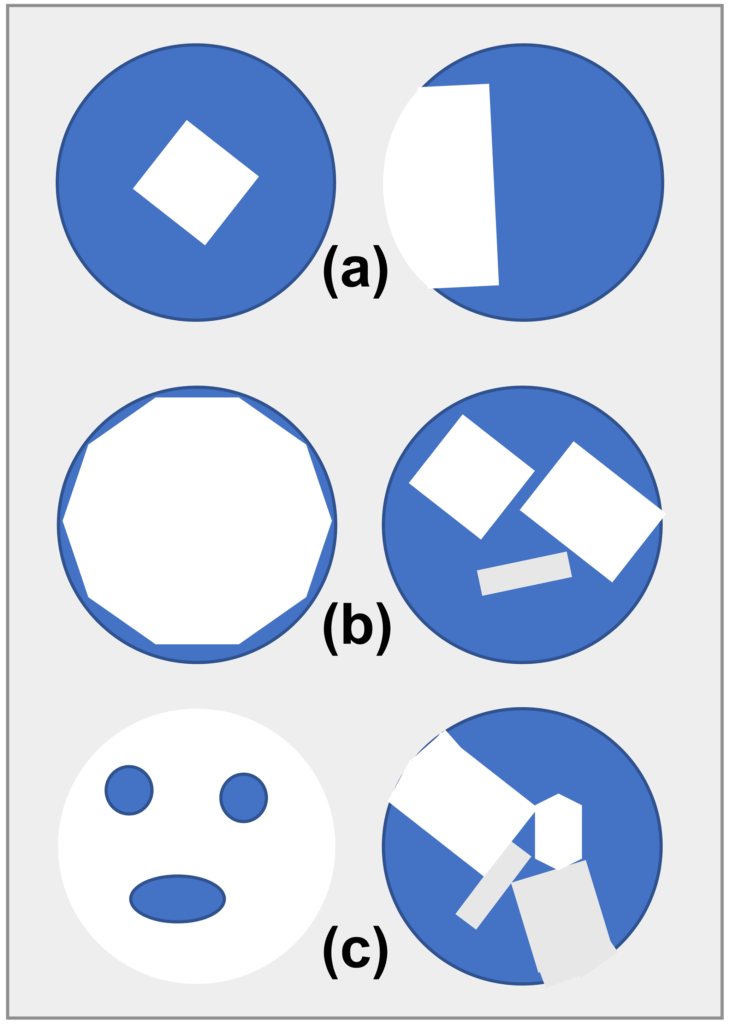Are you working with mixed-phase inclusions?
Ross J. Angel and co-authors finally provide the recipes to work out the elastic response of mixed-phase inclusions.
Their study published in the European Journal of Mineralogy presents the theory of the elasticity of mixtures of different phases and combine it with the existing isotropic analysis of the elastic interactions between single-phase inclusions and their hosts to calculate the inclusion pressures of mixed-phase inclusions.

Their analysis reveals that accurately calculating entrapment conditions for mixed-phase inclusions, such as those containing fluid and minerals, hinges on intricate contrasts in elastic properties between the host and the inclusion phases. These methods for computing entrapment conditions of mixed-phase inclusions have been integrated into version 7.6 of the EosFit7c program, available as freeware at http://www.rossangel.net.
